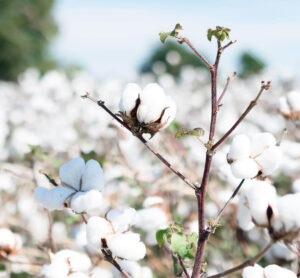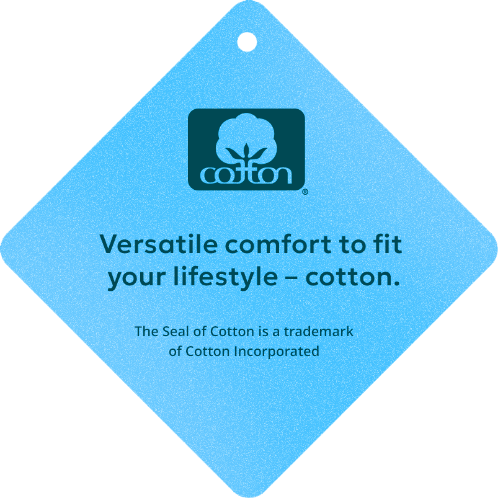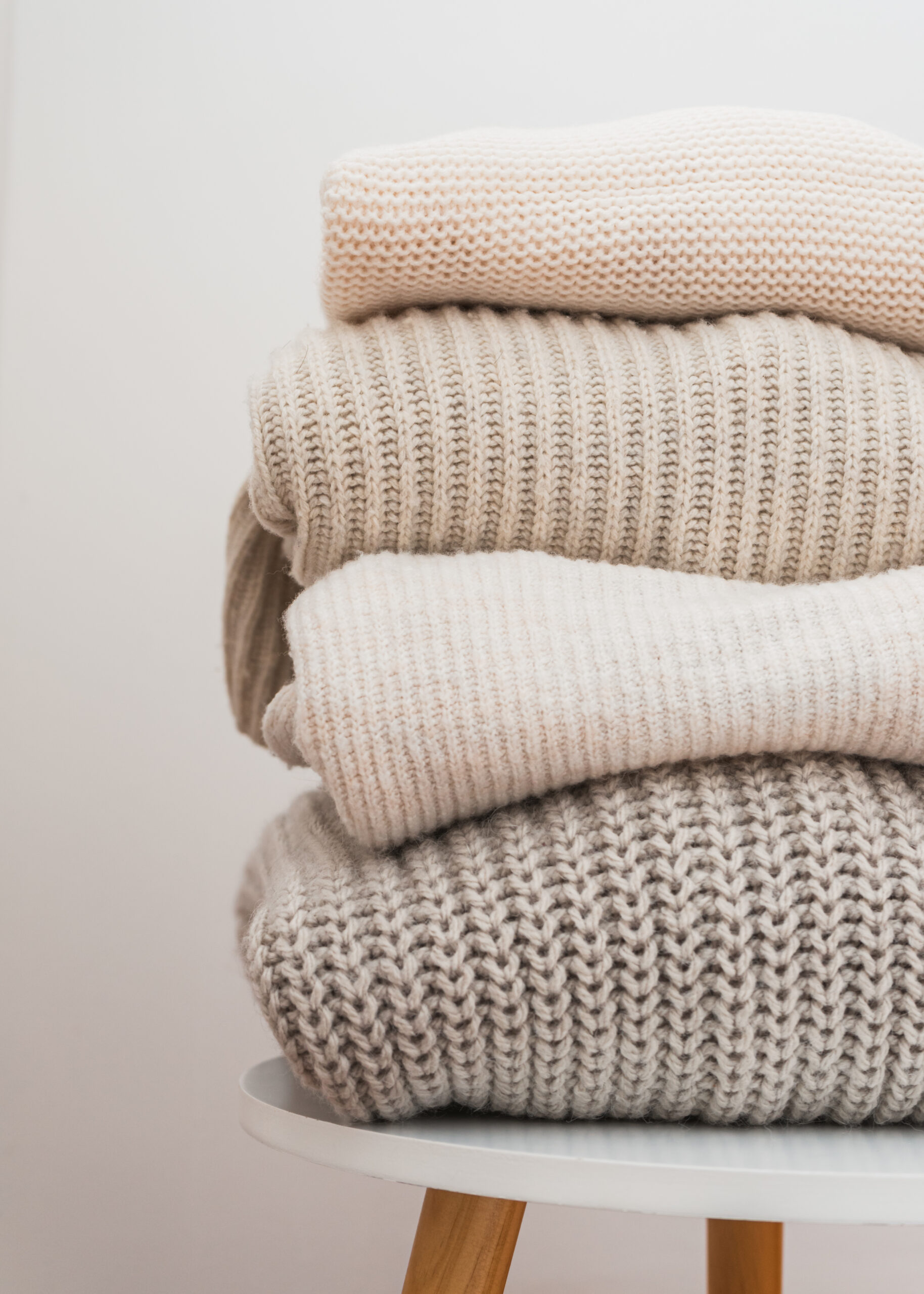Leveraging Cotton for Retail Success
Seamlessly showcase the unmatched comfort and quality that sets your cotton products apart. CottonWorks™ helps professionals like you succeed in retail through effectively marketing their use of cotton.

Make Cotton Work for You
By choosing cotton for your products, you’re choosing sustainability, durability, and versatility.
Highlighting your cotton-rich products demonstrates your commitment to the environment and to meeting consumer demands. This aligns with consumer values: 86% of consumers across the world are concerned about sustainability1 and 61% say it influences their clothing purchases.2
Cotton is your secret ingredient to differentiate and build trust with consumers, illustrating the real value of your cotton-rich products.
Consumers Trust Cotton —
Your customers already prefer cotton for their clothes, home goods, health and beauty products, and more. Make their affinity for cotton a selling point for your brand by leveraging it in your product marketing.
A Competitive Edge through Sustainability
Marketing your use of cotton is like how consumers think about recycling. They understand the impact of their choices and look for brands that align with their values. Just as recycling demonstrates a commitment to reducing waste, highlighting cotton’s sustainability can show your focus on responsible practices and help build trust with conscious shoppers. Cotton may even be able to help you meet your sustainability goals.
Here are some points to get you started on adding cotton’s sustainability to your value proposition:
- Cotton production accounts for only about 3% of all water used for crop production globally8
- Cotton is a biodegradable,7 natural fiber, and does not release plastic microfibers like synthetic fibers do
- Cotton can be recycled into new products, like fibers and insulation
- Cotton can be composted9 and returned to the soil to grow new plants
- Since cotton is naturally durable, well-made apparel and home goods can maintain their quality for many seasons
- Cotton is often grown through regenerative agriculture practices, which conserve resources and protect soil quality
- Byproducts of cotton production can be used in other products, like cottonseed oil and animal feed

Capture the Cotton Advantage
Cotton’s properties lead the way for the creation of strong textiles across product categories. No matter your brand’s specialty, it’s simple to share how cotton makes your products stand out.
Durable
Cotton products withstand the test of time, wear, and tear. Durability helps cotton make the ideal denim, apparel, and home goods that maintain their quality year after year.
Versatile
Cotton-specific performance technologies optimize products for features like moisture management, durability, and water repellency, making it an incredibly versatile textile.
Breathable
Cotton is naturally breathable, keeping warmth in while letting moisture out. From race day to restful nights, consumers stay comfortable in cotton.
Comfortable
Cotton’s comfort supports consumers, whether relaxing at home or performing at their best.
The Power of the Seal


The Seal of Cotton Trademark
For consumers, the Seal of Cotton means quality, comfort, and sustainability. In fact, 82% of consumers say they would like to see The Seal of Cotton on more products.5 People actively seek out cotton, with 75% saying it’s their favorite fabric to wear.3
If you’re producing cotton-rich products, it’s easy to ensure your consumers are associating your brand with these positive attributes. Complete the form below to get started on leveraging the Seal of Cotton trademark.
Learn Merchandising and Retail Math
CottonWorks™ has distilled expertise from a range of industry professionals into downloadable e-books, offering valuable insights for those looking to expand their knowledge in merchandising and retail math. These resources cover essential topics such as inventory management, pricing strategies, sales forecasting, and profit analysis, providing key skills for making informed decisions in retail and merchandising. Whether you are exploring effective product placement or learning how to calculate markups and margins, these e-books provide practical tools to enhance your expertise and drive success in the competitive retail landscape.